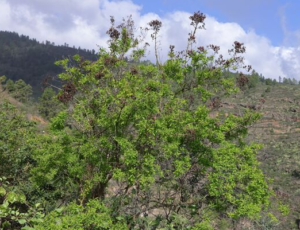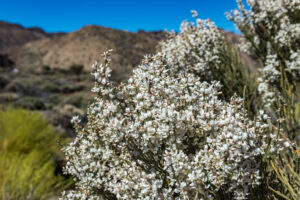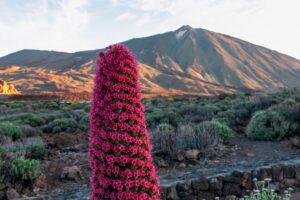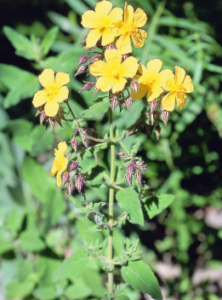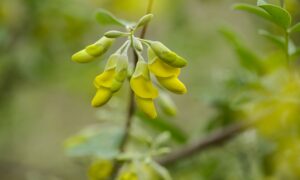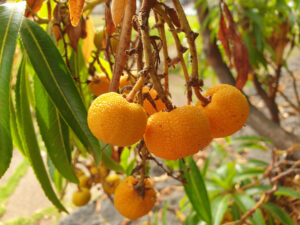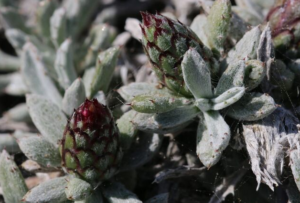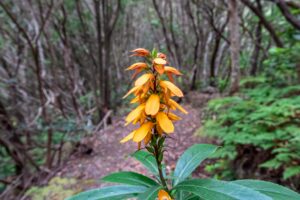Discover the richness of the endemic plants of the Canary Islands The endemic flora of the Canary Islands is a unique wonder in the world, made up of species that are exclusive to the archipelago or that are only found on a particular island. This botanical treasure is not only limited to the Canary Islands, but also extends to other regions of Macaronesia, such as the Azores, Madeira and, to a lesser extent, the Cape Verde Islands. This region, known as Macaronesia, shares floristic affinities with the Mediterranean region, which adds a fascinating complexity to its flora. In recent years, the flora of the Canary Islands has gained worldwide recognition, standing out for the presence of unique and singular species. On islands such as Tenerife, you can find plants that exist nowhere else in the world, such as the famous Teide violet, capturing the attention of scientists, botanists and nature lovers alike.
Top 10 endemic plants of the Canary Islands
1. Granadillo (Hypericum canariense)
This shrub, which grows to a height of about 3 metres, is distinguished by its woody stems and yellow flowers clustered on small branches. It flowers in June and is mainly found around ravines.
2. Teide broom (Spartocytisus supranubius)
Found in the Cañadas del Teide, this unique plant is characterised by its whitish hue and its long, robust branches.
3. Woody Mayflower (Pericallis hadrosoma)
Exclusive to the island of Gran Canaria, this plant is found in Tenteniguada, at an altitude of 1,200 metres, displaying small white and violet leaves.
4. Red Tajinaste (Echium wildpretii)
With its striking red flowers, this spectacular specimen is found in the Teide National Park and on La Palma, adding colour and life to its surroundings.
5. Moya Cockscomb (Isoplexis chalcantha)
This plant, typical of Gran Canaria, is found in the Laurisilva area, mainly in the municipalities of Moya and Teror, although it is scarce.
6. Inagua peat bog (Helianthemum inaguae)
This plant, which is practically extinct, is found in the Inagua massif (on the island of Gran Canaria).
7. Oro de Risco (Anagyris latifolia)
This plant, discovered in the 1960s, is found at altitudes of approximately 1,300 metres on La Gomera, Tenerife and Gran Canaria.
8. Canary Island strawberry tree (Arbutus canariensis)
With its edible berries and large leaves, this tree, although rare nowadays, adds a special touch to the environment.
9. Sea pineapple (Atractylis preauxiana)
This plant, now extinct, was found mainly on Tenerife and to a lesser extent on Gran Canaria. This is a reminder of the importance of conserving natural environments.
10. Canary Island foxglove (Digitalis canariensis)
This endemic plant, with its green leaves and orange flowers, is easily seen in Tenerife, La Palma and Gran Canaria, adding colour to the island landscapes.
These 10 species represent just a small sample of the botanical richness of the Canary Islands archipelago. Each one of them reminds us of the importance of preserving and valuing the nature that surrounds us. Knowing and protecting these plants guarantees that future generations will be able to continue enjoying the natural environment of the Canary Islands.


